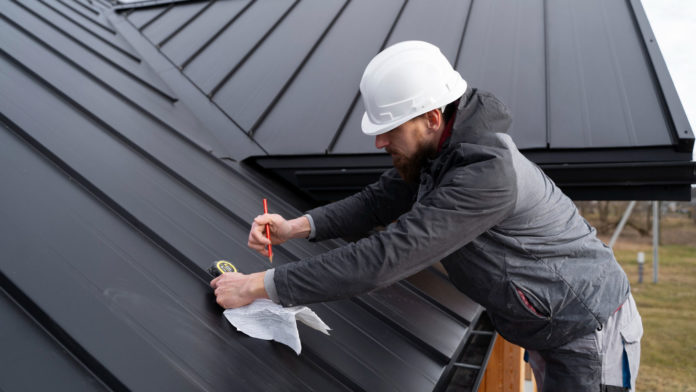
What is a cost-benefit analysis?
A cost-benefit analysis is a useful tool used by individuals and businesses alike to determine the feasibility of an investment. This process involves comparing the costs associated with a particular investment to the benefits that it offers. By conducting a cost-benefit analysis, one can determine whether investing in a particular venture is worthwhile or not.
The benefits of an investment are typically easy to identify, such as increased revenue or improved efficiency. On the other hand, the costs associated with an investment can be more complex, as they may include both direct and indirect expenses. Direct costs refer to the actual amount of money paid for an investment, while indirect costs can include any additional expenses that arise as a result of the investment.
For example, if a homeowner is considering roof replacement service, the benefits of the investment are clear: a new roof that will keep out rainwater and snow, as well as lower repair costs in the future. However, the costs of the investment must also be considered, such as the direct cost of purchasing the new roof, as well as indirect costs such as the time and effort required to complete the installation.
How does a cost-benefit analysis work?
A cost-benefit analysis is a valuable tool for homeowners trying to decide whether to repair or replace their roof. This type of analysis involves examining the costs and benefits of both options to help make an informed decision about what is the best course of action for their roofing needs.
The first step in conducting a cost-benefit analysis is to determine the total cost of repairing or replacing the roof. This includes direct costs such as the labor and materials required for the job, as well as any indirect costs such as permits or disposal fees. Once the total cost is determined, it can be compared to the benefits of each option.
For instance, repairing the roof may be cheaper in the short-term, but the benefits will not last as long compared to a replacement. Replacing the roof will cost more upfront, but it will likely last longer and require fewer repairs in the long run. By comparing the costs and benefits of each option, homeowners can make an informed decision about which option to choose.
Another factor to consider is the lifespan of the repairs. If the repairs will only last a few years before additional work is needed, it may make more sense financially to replace the roof instead of spending money on repairs repeatedly.
Assess your current roof and structure
To decide whether to repair or replace your roof, you need to evaluate its condition. If there is any damage or deterioration, it may be time for a replacement. Older homes with wood shingles or asphalt roofs installed before 1980 are more prone to leaks over time. Rot in one section of the roofing material can also spread to other parts of the house if left untreated. It’s important to address these issues promptly to prevent further damage and costly repairs down the road.
Assess the cost of repairs and replacement options
When deciding whether to repair or replace your roof, it’s crucial to evaluate the costs of both options. The first step is to calculate the cost of repairs over time, including any potential future repairs. Then, compare that number to the cost of replacing the entire roof with new materials to determine which option makes more financial sense in the long run.
It’s also important to consider the cost per square foot for each type of material. This will help you estimate the budget required for either repair or replacement project. Keep in mind that while repairing the roof may be cheaper in the short term, it may end up costing more if frequent repairs are needed. On the other hand, replacing the roof with high-quality materials can be more expensive upfront, but it can save money in the long run by reducing the need for repairs and increasing the lifespan of your roof. Ultimately, it’s important to carefully weigh the costs and benefits of each option to make an informed decision.
Consider the life expectancy of your roof and property
The condition and life expectancy of your home and property are important factors to consider when deciding whether to repair or replace your roof. An aging roof that is showing signs of wear and tear may be more cost-effective to repair than to replace. However, if your roof’s lifespan has expired, it may make more sense financially to replace it, especially if you plan on selling your home soon. Since the roof is vital to protect everything inside from the elements, it’s crucial to take its condition seriously and make an informed decision about whether to repair or replace it.
Old Homes
If your home is older or has a weak structure, it may not be worth repairing or replacing the roof by the best roof replacement contractors, and it might be a better investment to sell and find a new home. If your home is over 10 years old and has had multiple repairs, it’s likely time to address any foundational or framing issues. However, if your home has been well-maintained and still looks good, then it’s worth investing in new shingles to improve its appearance and maintain its value. Keeping up appearances can benefit not only yourself but also your neighbors and the overall appearance of your town.